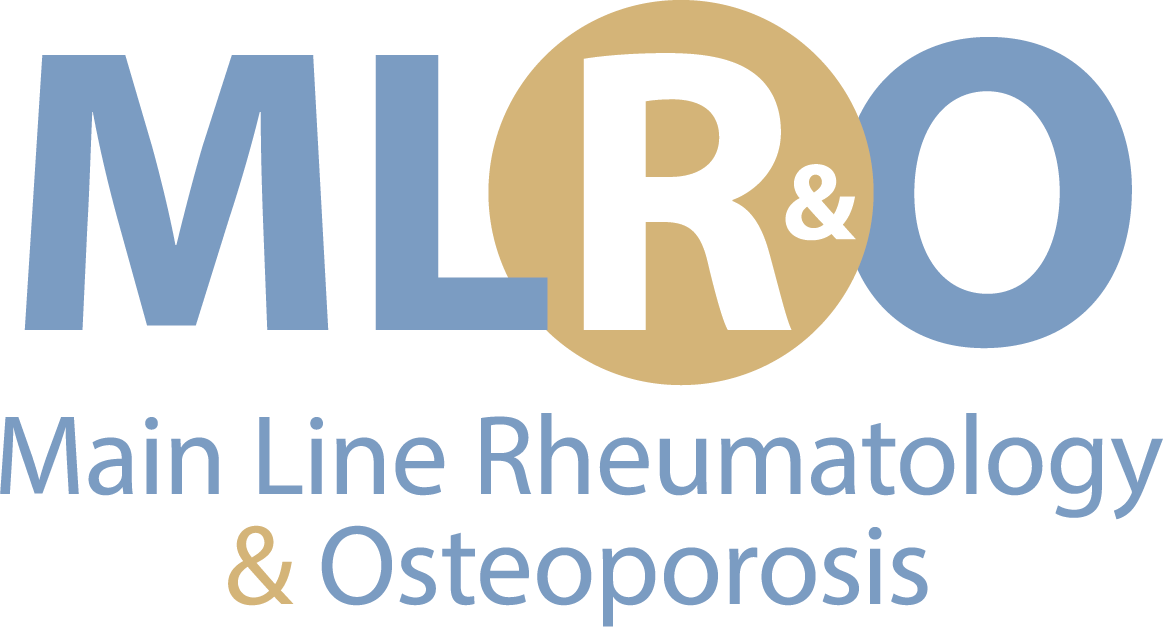Osteoporosis
Osteoporosis has become the most common medical problem that rheumatologists treat. Although it is more common in women, men over the age of 65 can develop osteoporosis at almost the same rate as women. Risk factors include use of corticosteroids, smoking, lack of exercise, being underweight (yes, you can actually be too thin!) inadequate calcium and vitamin D intake, and a history of previous fractures. Blood tests tend to be somewhat unreliable. We depend on DEXA bone density tests, which also have their shortcomings. However, a DEXA scan is relatively inexpensive, with less radiation than a chest x-ray.
The benefits and risks of the available drugs for osteoporosis are often in the news. Most medications slow down the breakdown of old bone, and are effective. Long-term use has potential hazards (i.e. mid-femur fractures) and rheumatologists currently limit treatment with any one of these drugs, to 5 years. On the other hand, there is ample data to indicate the bisphosphonates prevent many more fractures than they cause. An alternative medication such as Denosumab (Prolia) is given as an injection every 6 months. It also works by slowing down the breakdown of old bone. Forteo is currently the only drug which builds new bone and is given as a daily injection for 2 years. It cannot be given to patients who have had previous radiation therapy for cancer. Newer drugs are a few years from being available.
Supplemental calcium (i.e. Citracal, Caltrate) for osteoporosis is somewhat controversial. Previous recommendations were to take 1000-1500 mg/day, but there have been recent studies which imply that too much supplemental calcium intake, besides increasing the risk of kidney stones, may be a cardiac risk. These studies have some flaws, and opinions may change as we learn more. Foods that are high in calcium, such as dairy products, anchovies, and kale are a better choice over supplements.

